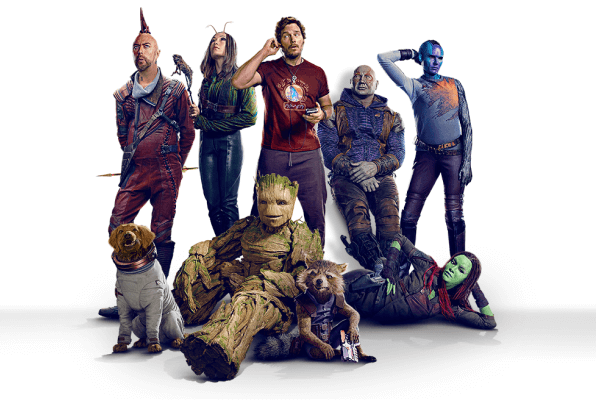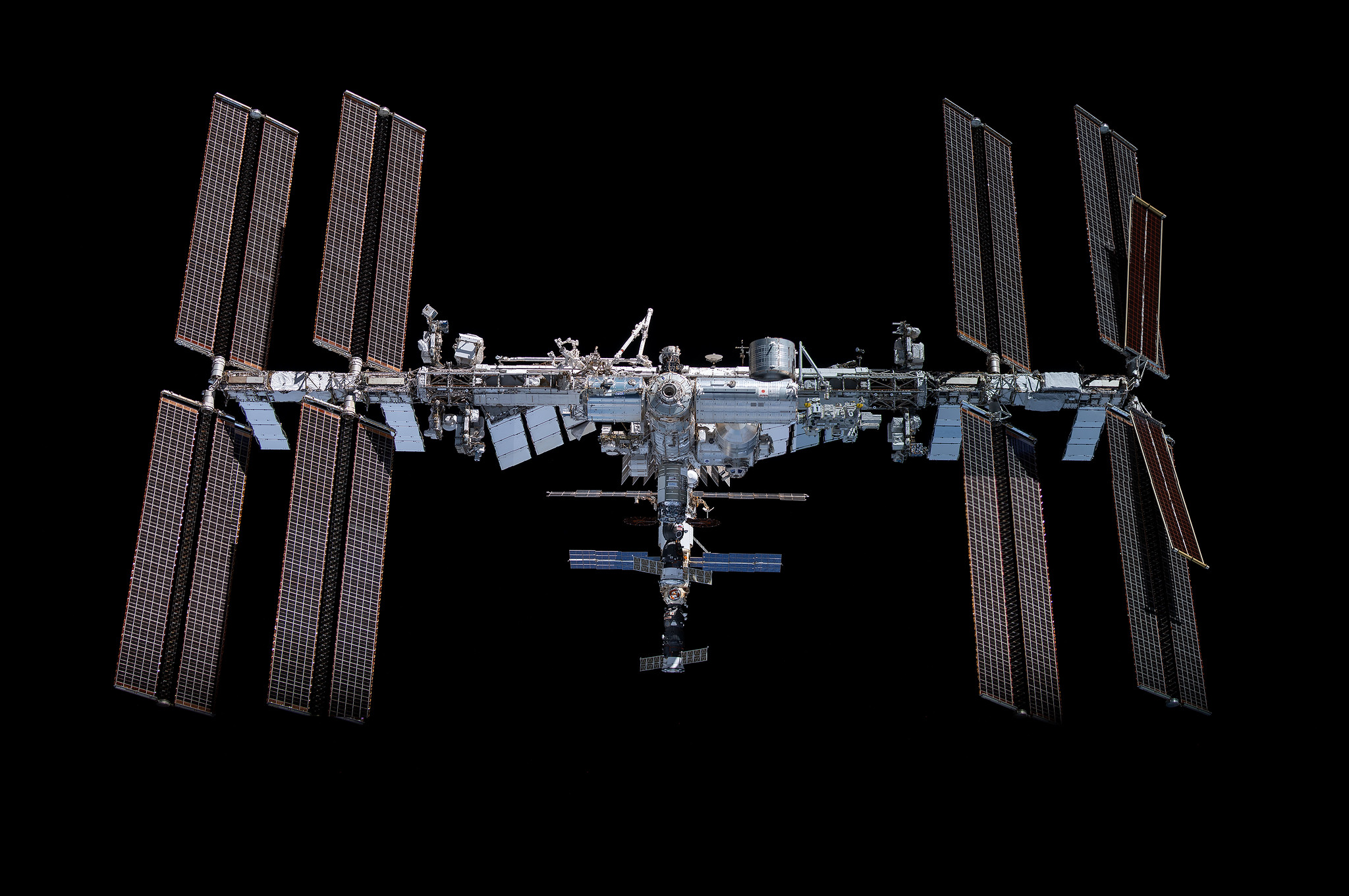Unveiling its transformative vision in the space tech realm just a few years ago, Redwire Space (NYSE: RDW) has swiftly emerged as a catalyst propelling the space economy to unprecedented heights. With a bold commitment to innovation and a penchant for groundbreaking advancements, Redwire is taking momentous strides toward reshaping the future of space exploration and accelerating the growth of the industry. Redwire is propelling the space industry to new frontiers by acquiring groundbreaking technologies and strategic partnerships.
Last week, Redwire revealed that its subsidiary, Redwire Space NV, secured a €14 million contract from the European Space Agency (ESA) to develop a state-of-the-art 3D bioprinting facility for long-duration space missions. In addition, Redwire has collaborated with Microsoft, Marvel Studios, and the International Space Station (ISS) National Lab on a STEM challenge to empower students. And if that wasn’t enough, it revealed some high-soaring revenues for its first quarter of 2023. Let’s dig deeper into Redwire’s announcements.
 Guardians of the Galaxy Vol. 3. Image courtesy of Marvel Studios.
Guardians of the Galaxy Vol. 3. Image courtesy of Marvel Studios.Astral deal
Make way, BFF! Redwire’s BFF, short for BioFabrication Facility, will no longer be the sole leading bioprinter in space thanks to a €14 million contract awarded under ESA’s Exploration Programme. According to the new deal, Redwire’s Belgian subsidiary Space NV will utilize cutting-edge bioprinting technologies to develop a modular, powerful, and unique system capable of sustaining a wide range of experiments.
Expanding on Redwire’s legacy of in-space manufacturing and bioprinting on the ISS, the 3D-BioSystem Facility is hailed as a comprehensive solution for tissue engineering and regenerative medicine. This upcoming system will feature a bioprinter, 3D cell culture units, and an incubator capable of producing samples in orbit for further processing in space or on Earth.
Erik Masure, Managing Director of Redwire Space NV, states this new platform will advance crucial microgravity bioprinting capabilities. The machine’s ability to bioprint cell constructs will be particularly vital for long-duration spaceflight expeditions to the Moon, Mars, and beyond.
Ideal for understanding cell-to-cell interactions in thick tissue and creating organoids for drug efficacy and toxicity testing, the 3D-BioSystem Facility holds great potential for printing transplantable organ patches for tissue therapy. Furthermore, Redwire emphasizes that the system will also contribute to ensuring European technological independence and competitiveness, crucial for securing space benefits for Earth and expanding the global space economy.
 The International Space Station. Image courtesy of Redwire/NASA.
The International Space Station. Image courtesy of Redwire/NASA.Star-Lord’s Zune, where it belongs
Music plays a vital role in storytelling, and Marvel’s Guardians of the Galaxy franchise has taken music to new heights as Peter Quill, also known as Star-Lord, introduced 70s and 80s tracks that have set the stage for unforgettable moments resonating with fans for years. In Guardians Vol. 2 and 3, Quill embraces the Zune, Microsoft’s iconic handheld MP3 player, introduced in 2006.
Now that device has made its way into the ISS via 3D printing. Of course, it’s important to note that the 3D printed Zune on the ISS is not a fully functional music player. Instead, it is 3D printed in microgravity using polymer and Redwire’s flagship Additive Manufacturing Facility (AMF), a 3D printer residing on the ISS. It serves as an engaging tool to inspire students in STEM subjects, showcasing 3D printing for future space exploration, microgravity research and development, and manufacturing for the betterment of humanity.
In the fictional storyline of the 3D printing in space education outreach initiative, Quill’s Zune malfunctions, and to listen to music, he needs help from the space station. Microsoft and Redwire come to the rescue by 3D printing a Zune in space for Quill and the other Guardians under the sponsorship of the ISS National Lab.
In conjunction with Guardians of the Galaxy Volume 3, Redwire and Microsoft have created an engaging educational video (below) and a STEM challenge called “Empowering the Galaxy.” These resources provide ample material for educators, students, and parents to delve into space-based research and technology development, such as the Teachers Guide for grades 3 through 5.
This education outreach initiative serves as a platform for the public to learn more about how space opens new avenues for innovation and opportunity. Users can visit Microsoft’s Zune.net and participate in the “Azure Space: Diversity in STEM” challenge, exploring content inspired by the movies. From rocket launches to understanding the current state of the space industry and its key players, the challenge consists of five learning modules, and completion makes users eligible for a digital badge.
This challenge will be active until June 30, 2023.
Redwire going for the gold
Redwire has manufactured over 200 parts in space, making it the sole provider of commercial 3D printing services on the ISS. During an investor call following the release of Redwire’s Q1 2023 results, Founder and CEO Peter Cannito emphasized that it was a natural choice for Redwire to 3D print Star-Lord’s Zune.
For this quarter’s financials, Redwire announced another record period. Revenues soared by 75.3% year-over-year to $57.6 million, with a sequential growth of 7.3%. This marks the highest revenue achieved in any quarter to date. The net loss for the period also improved significantly, with a 58% decrease to $7.3 million compared to a net loss of $17.3 million in the previous year’s first quarter. Adjusted EBITDA (earnings before interest, taxes, depreciation, and amortization) showed impressive growth, increasing by $9 million year-over-year. Redwire generated a positive adjusted EBITDA of $4.3 million for Q1 2023, compared to a negative $4.7 million adjusted EBITDA in the first quarter of 2022
Cannito considers this an “important milestone” and an “outstanding accomplishment” on both absolute and percentage growth, providing “financial momentum” as Redwire progresses through the rest of 2023.
As the new era of space exploration and commercialization unfolds, Redwire is solidifying its position as a leader in the sector. Cannito concluded that by developing the bioprinting system for ESA and numerous other projects in the pipeline, Redwire is expanding its leadership in in-space manufacturing and bioprinting on the ISS for exploration purposes.
Subscribe to Our Email Newsletter
Stay up-to-date on all the latest news from the 3D printing industry and receive information and offers from third party vendors.
You May Also Like
IperionX Inks 10-Year Deal with Wisconsin Manufacturer for 80 Metric Tons of Titanium Per Year
IperionX, the Charlotte-based supplier of sustainable titanium powders used for additive manufacturing (AM) and metal injection molding (MIM), has signed a ten-year deal with United Stars, a group of industrial...
Gastronology Launches Industrial Production of 3D Printed Food for Dysphagia Patients
Food 3D printing has, in many ways, been an additive manufacturing (AM) segment looking for the right business case. While some applications are beautiful and others may or may not...
Lockheed Martin Leads $3M Investment in Q5D’s Electronics 3D Printing System
Q5D, an original equipment manufacturer (OEM) of robotic arm, hybrid additive manufacturing (AM) systems used for wire harness production, has closed a $3 million investment round. The investment arm of...
3D Printing News Briefs, April 6, 2024: Depowdering, Cybertruck Door Handles, & More
In today’s 3D Printing News Briefs, ioTech’s digital manufacturing CLAD technology is opening up opportunities for microelectronics and additive manufacturing. Hexagon and Raytheon Technologies commercially released the Simufact Additive Process...































